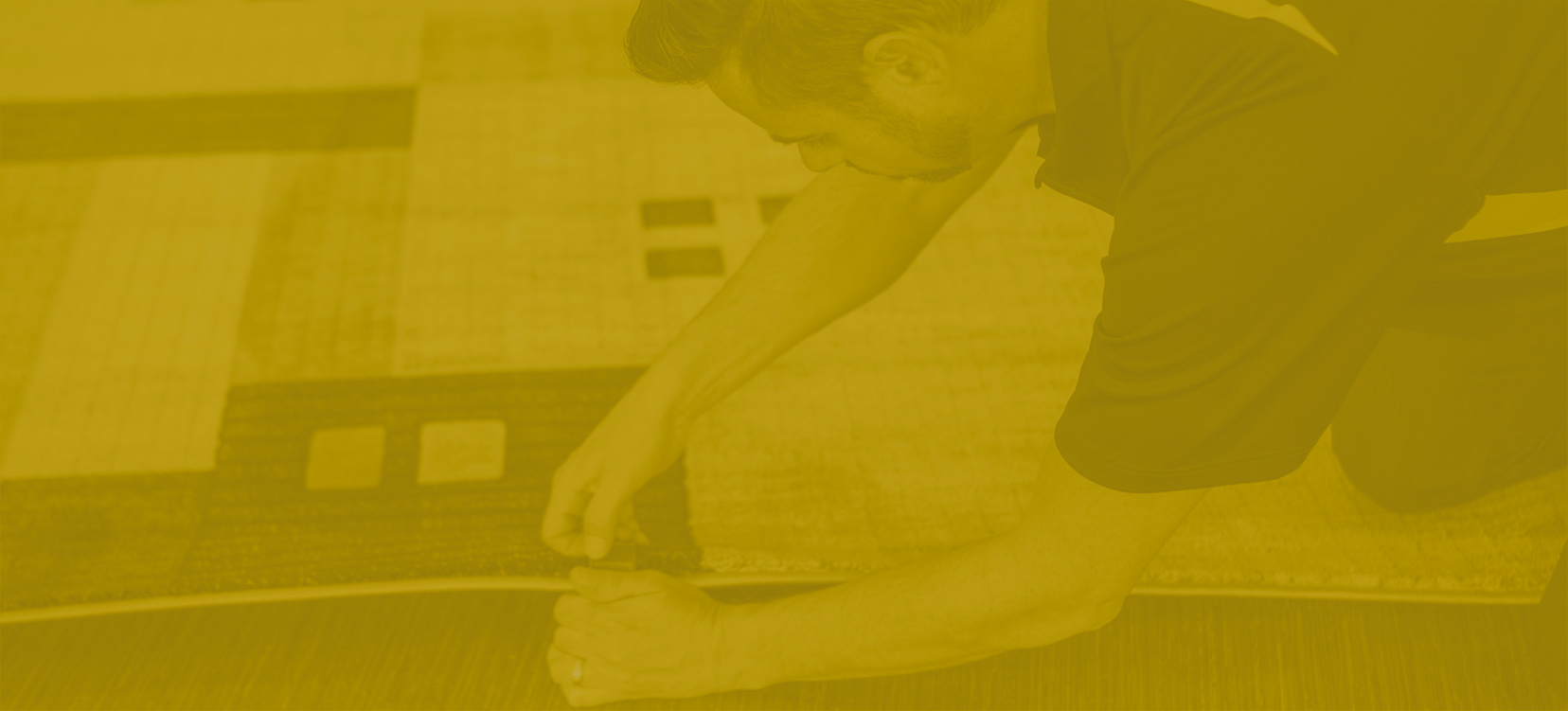

Like a tailor made suit, superior flooring is about quality craftsmanship and an excellent fit. That's why unlike most stores, we don't outsource our measuring, cutting and installation services. We know that poor craftsmanship can ruin even the best materials, which is why our skilled in-house team takes care of every installation.
What is the difference between solid hardwood flooring and engineered (floating) floors?
Solid hardwood timber requires extensive preparation on the sub floor prior to the installation, sanding and polishing. Hardwood timber floors are solid throughout and installed in a raw finish which then needs to be sanded, stained and polished. Engineered floors comprise of a real timber "face" (thickness can vary from 0.6mm to 6mm) over specially selected layers of other timbers (normally rubberwood or HDF). The boards are engineered to be structurally sound so there will be no occurrence of cupping or bowing. To lay engineered flooring, some preparation work is required as the sub floor needs to be consistently level. Engineered flooring can be installed as floating or glued. Engineered timber should not be confused with laminate flooring.
Can floating floors be sanded and re-stained?
Yes, most floating floors on the Australian market have a layer of hardwood that is approximately 3mm thick which over the floors lifetime, can be sanded back 3-4 times. Keep in mind, that once sanded, you will have to try and match the stain from the original timber. The beauty of certain ranges of floating floors colours and finishes (smoked, white washed, oiled, etc) would be very hard to recreate in your home. We only recommend sanding your flooring in exceptional circumstances. Floating floors also have considerable amounts of finishes applied to them (up to 9 coats) creating a hardwearing, UV protected surface. Again, this would be difficult to replicate.